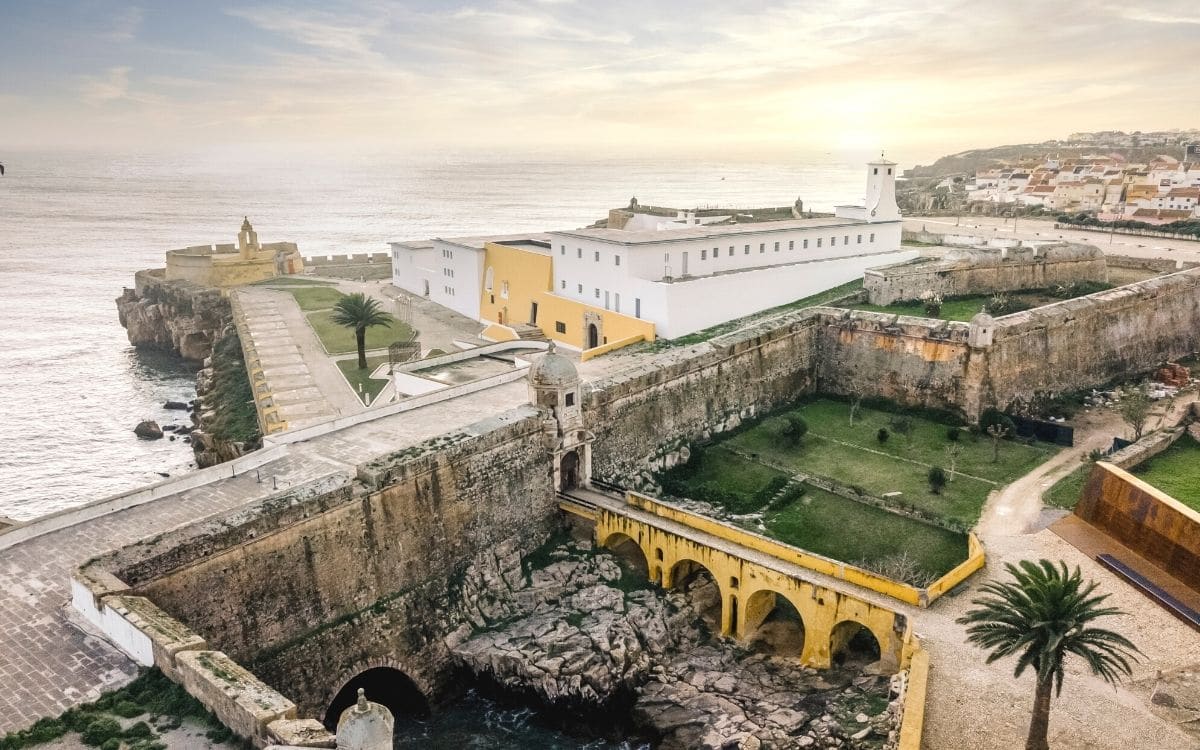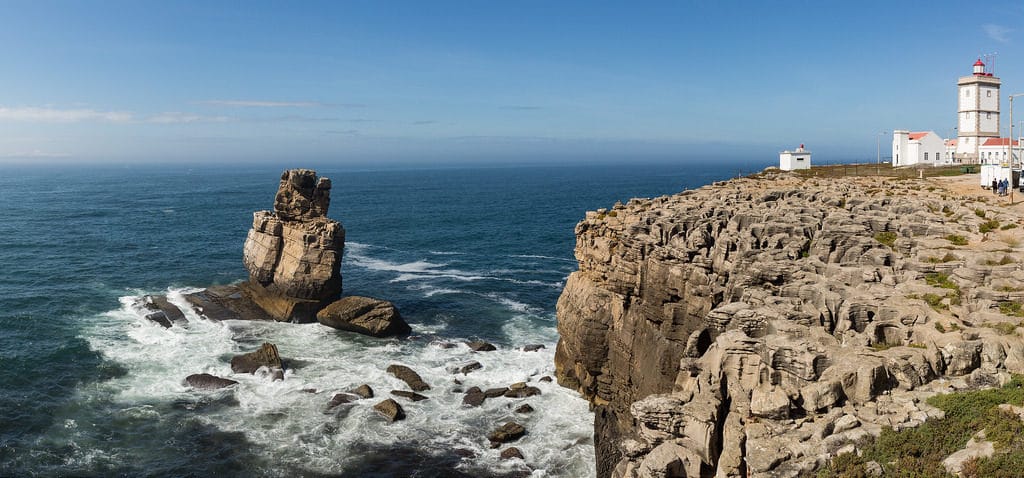From an early age, this estremenha region seems to have aroused the interest of paleolithic communities of hunter-gatherers who, given the diversity of resources available here, will have been fixed in caves. Proof of this is an important set of sites in the Southwest zone of the county, in the Plateau of Cesaredas. However, the most important prehistoric station in the municipality is the Gruta da Furninha, a station now located by the sea, was occupied in the Middle Paleolithic as a shelter and, during the Neolithic and copper age, as a necropolis. The site provided a vast archaeological estate, in which stand out: osteological traces of various hominids, namely Homo Sapiens and Homo Sapiens Sapiens.
The vast and valuable marine resources that Peniche offers have continued to be explored throughout historical periods. It was one of the most important ports of the Portuguese. These resources, combined with a profitable fishing activity, enabled the economic flowering based on the capture of species such as whale - cetacean that gives the name to the village of Atouguia da Baleia - and allowed the administrative autonomy of this territory vis-à-vis the neighboring village of Óbidos.

The urban growth, resulting from the progressive increase in the number of residents in the village, was provided by the intense exploitation of the economic resources available in the Peniche peninsula, highlighting the validity of an agriculture based on the cultivation of cereals and vines, and, of course, fishing.
On the other hand, the phased building of a solid defensive system also seems to have contributed to a certain climate of prosperity, by inhibiting the hitherto frequent attacks of North African Muslim piracy and by making hostile landings impossible. This complex defensive system consisted of several fortifications located overlooking the sea, overlooking access to various points of the coast considered of vital strategic importance.
Fishing itself has undergone a rapid and profound transformation. Traditional vessels and capture techniques give way to modern trawler sandboat and productive fencing fishing. The result of this evolution is the development of several industries associated with fishing, such as freezing, saline, the canning industry, or shipbuilding. These activities, associated with the cultivation of the vineyard, complement the productive fabric of this peninsula and contribute to a slow but progressive improvement of the quality of life of the populations of the municipality, with the construction of working-class neighborhoods, and fishermen, in place of old tenthousing; a public water supply network is established, replacing the ancestral community wells and electricity is introduced.
In a territory with about 26,429 inhabitants (2021 census), fishing and agriculture no longer have the prominent place in the field of the economy. In the secondary sector, the construction, processing and conservation of fish companies is highlighted. In the field of services, there is emphasis on the areas more related to tourism, making stand out professions related to personal services, commerce, accommodation, catering, among others. There is also employability in intellectual and scientific activities, one of the areas that most employs in the region.

The variability of calcareous succession and the conditions of the outcrops constitute an excellent basis for conducting field studies in the fields of stratigraphy, paleontology, sedimentology, sedimentary basin analysis, geomorphology, geological heritage and environmental geology.
From the magnificent beaches along the coast, ideas for the practice of water sports, to the imposing architectural heritage, where the fortifications and religious monuments stand out, passing through the diversified handicrafts, where the Income of Bilros de Peninhe stands out, are several attractions of Peniche.
In summer, besides being a huge attraction thanks to its beaches, it is also the scene of a lot of entertainment and sport, with the realization of several football and beach volleyball tournaments; the Bonfire Race; several championships of water sports such as surfing, bodyboarding, kayak surfing; walking and mountain biking routes.
The main beaches of the region are Supertubos - well recognized, both nationally and internationally for surfing - Consolação, Gamboa, Baleal, Peniche de Cima and Peniche de Baixo.
The gastronomy is rich and varied. Fish and seafood dishes predominate. Stand out the Peniche stew and the roasted sardines. In the local sweets are the pastries of Peniche, the friends of Peniche, and the almond ones that earn the distinction.
The main access to the municipality is IP6, which is connected to the A8 and A15 motorways, as well as the National N114 and N247 roads.
The municipality of Peniche is an area of great natural beauties and an enviable landscape, with a vast historical, cultural and religious heritage, where traditions, uses and customs predominate.
Source: Peniche Town Hall